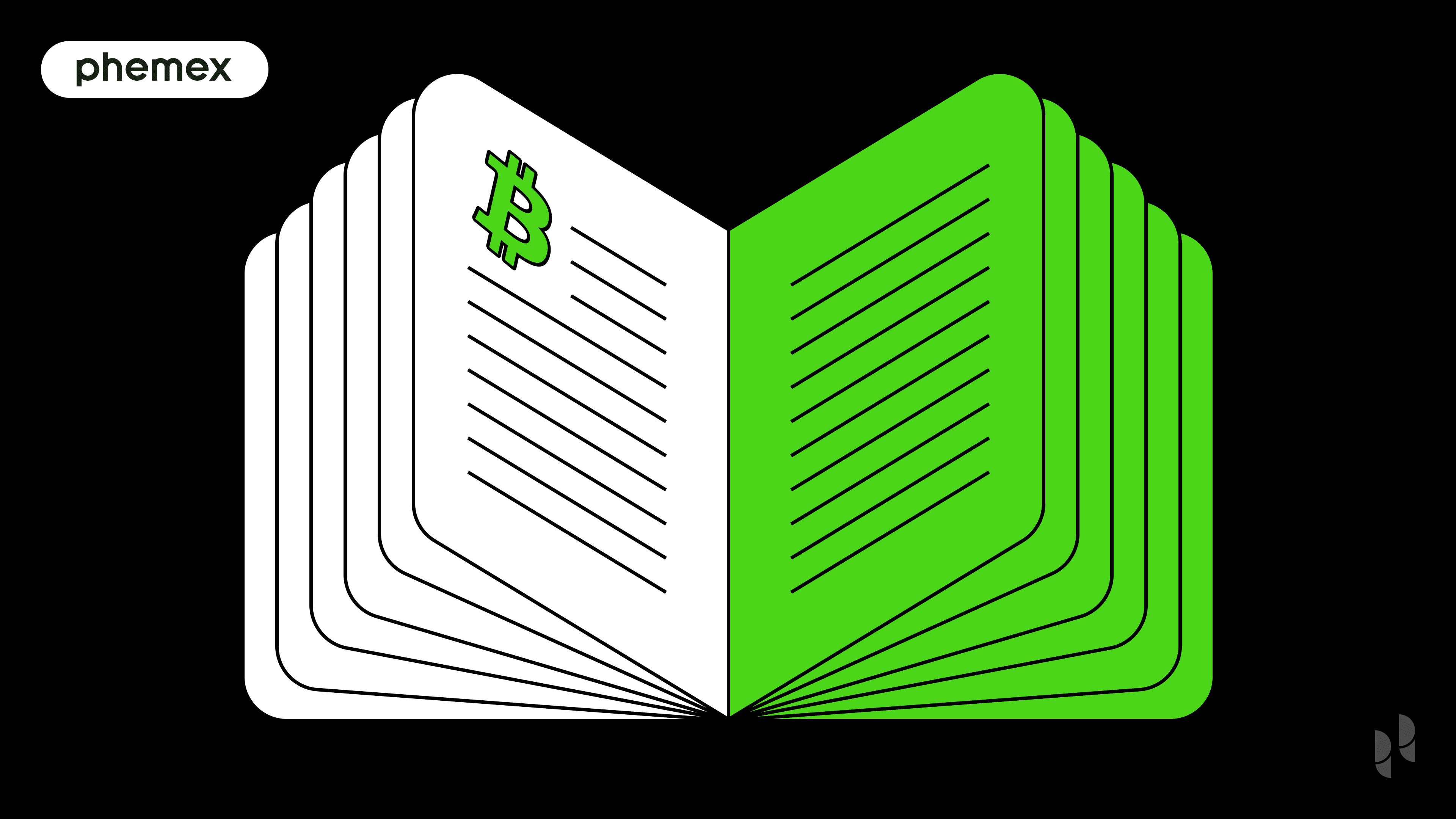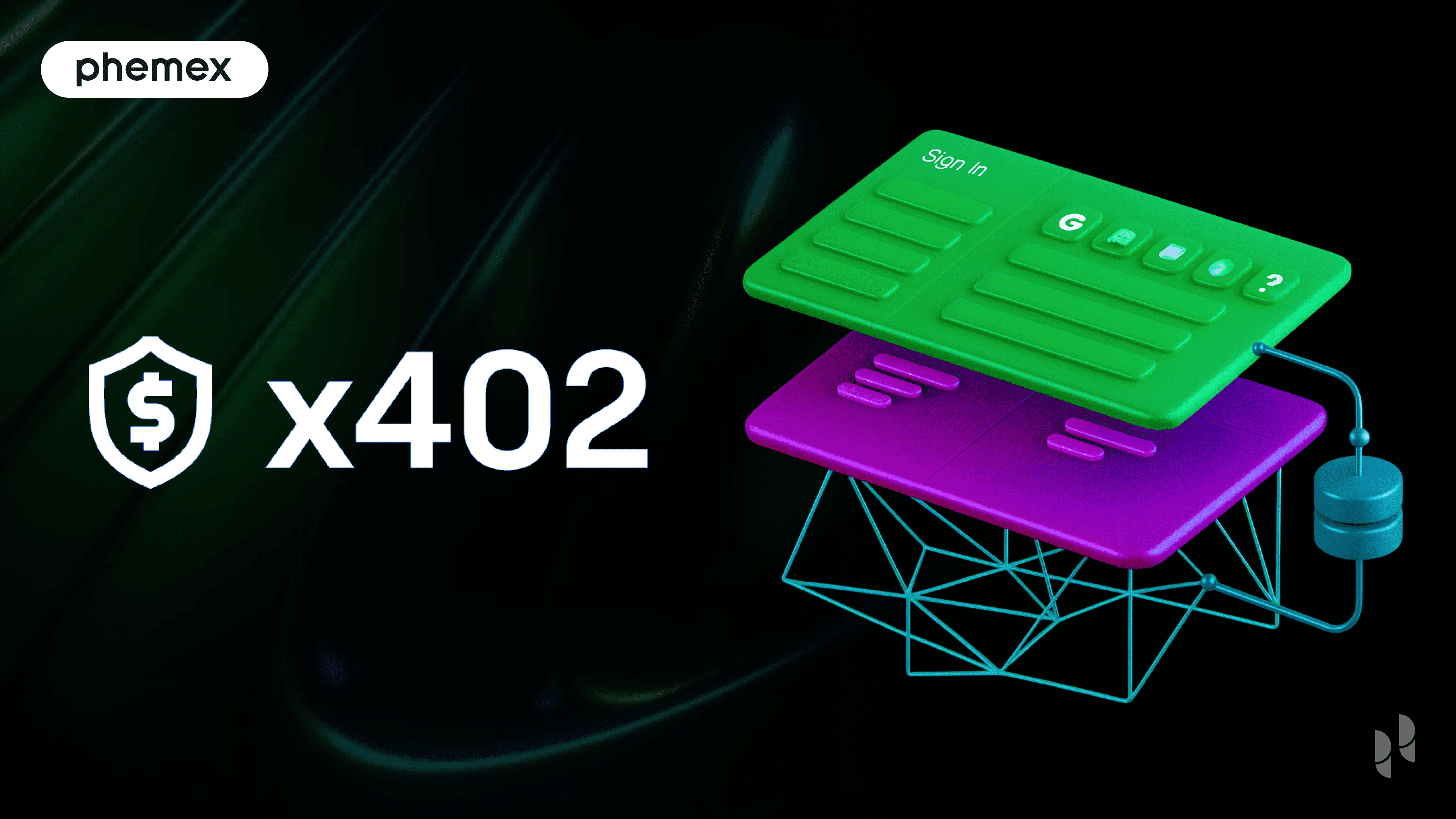In the last article, What is Money?, we traced the origins of money as a solution to the many challenges presented by a basic bartering system. Starting as universally valued commodities and transitioning into the fiat currencies we know today, money is not done evolving yet. With the emergence of new technologies and innovations, digital cash seems to be the next manifestation of this concept. However, before we talk about electronic money or cryptocurrencies, we must first explore the world of credit cards, online shopping, and mobile payments.

Digital Payments
Just as paper money replaced the need to hold specific commodities, the digitalization of transactions has likewise replaced the need to hold any banknotes. Let’s illustrate this with a simple example. Imagine you walk into a store to purchase a bottle of water. In a bartering system, you would present the seller with an item you own and hope that they want it. Obviously, paying using your local currency is much more efficient. However, there is an even easier method that bypasses the use of cash entirely by recording your transaction through an electronic medium.
Most people today have the vast majority of their money saved with a bank or some form of financial institution. Given that this cash is not physically in your possession, the only thing that proves you still own these funds is a record, meticulously documented and maintained by the bank. Initially, these records had to be physically written down on large notebooks or ledgers, with new entries manually added each time you moved your money. Nowadays, computers and the internet have simplified and automated this process dramatically.
Virtually every store or merchant today has some form of a point of sale (POS) system that is directly connected to their bank. Customers, on the other hand, have credit or debit cards that interface with these systems to automatically trigger the correct deductions or additions that must be applied to each party’s account. Thus, cash or physical money is no longer needed. Furthermore, the internet has given rise to e-commerce, companies (with or without brick and mortar storefronts) that conduct their business online. Think of Amazon, eBay, or Alibaba. With the click of a button, your funds are automatically transferred to the seller and your desired products are shipped to your door.
Similarly, mobile and wireless internet technologies have galvanized the adoption of digital transactions even more. A variety of apps now exist that can be easily connected to your bank to help facilitate purchases or instantly transfer funds to friends. In fact, countries such as China almost exclusively use super apps such as WeChat or Alipay to handle nearly everything from ordering a taxi to making utility payments.
Digital Currencies
Digital currencies, also known as digital money, electronic money, e-cash, and a variety of other monikers, are the next and current step in the evolution of money. Although in practice these are similar to electronic payments, they do not have or represent any form of physical cash. In other words, where digital payments are a method of electronically recording the transfer in ownership of physical funds, digital currencies only exist in electronic form.
Because these are physically intangible, transactions can only occur through computers with access to the internet or any other target network. Physical currencies, on the other hand, can not only have their transactions recorded electronically but can also be physically exchanged. In addition, digital currencies are not considered legal tender and as such, their uses are often restricted to certain limited communities. Although in recent times, the acceptance of these currencies is becoming much more widespread.
Cryptocurrencies
Some of the benefits associated with digital currencies, or its most noteworthy variation, cryptocurrencies, include decentralization, transparency, and lower costs. Why were cryptos created? How can they have value when they don’t exist physically? How exactly do these differ from fiat currencies? The answer to all of these questions requires a more in-depth analysis and deep-dive into the topic of cryptocurrencies and blockchain, the technology that underpins this modern concept. This is a topic that we will explore further in the next article of this series. In the meantime, stay tuned and check out our Phemex Academy for more unique educational content.
Read More
- What is Money?
- What is Cryptocurrency & How It Differs From Digital Cash
- What Are Virtual Currencies: Weakening of Cash
- What Is a Central Bank Digital Currency?
- Why Does Bitcoin Have Value?
- What are Crypto Cards: Easily Spend Crypto in Your Daily Life
- What is Cryptocurrency & How does it Work?
- What Is DeFi: How To Be Your Own Bank With $100







